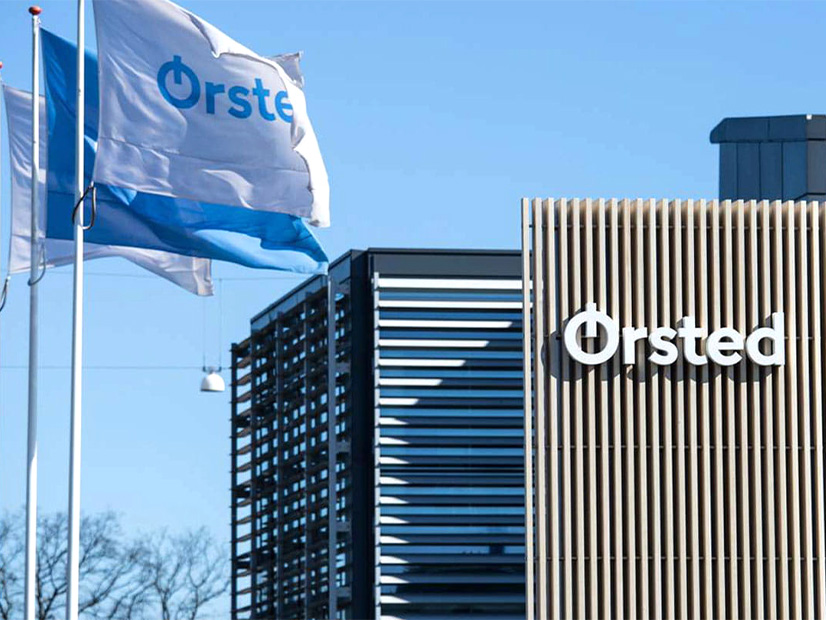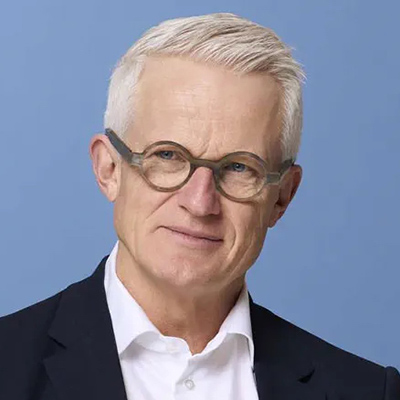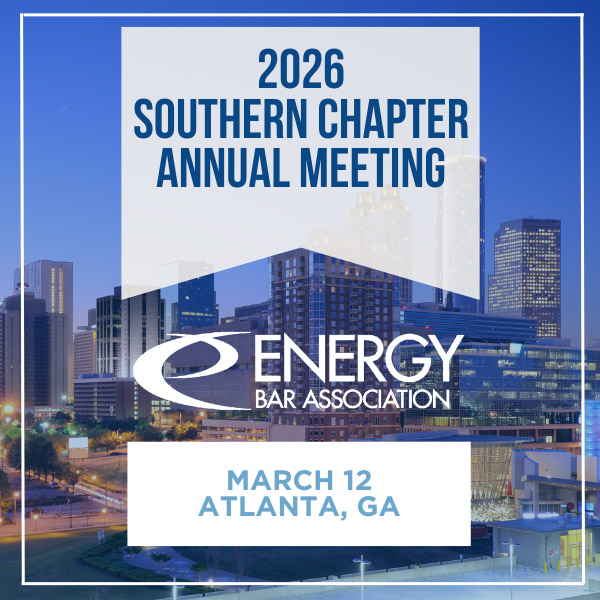Ørsted CEO Mads Nipper has been replaced by Deputy CEO Rasmus Errboe.
The Danish renewable energy developer announced Jan. 31 that Nipper would leave immediately and Errboe would assume leadership Feb. 1. Errboe, a 13-year Ørsted veteran, formerly was CFO of its global offshore wind business.
Nipper’s four years as CEO were tumultuous for the leading offshore wind developer. The company shed more than 80% of its market capitalization as its investments in the new U.S. offshore wind sector ran into headwinds.
Most recently, the company on Jan. 20 reported $1.7 billion in new impairments on its U.S. offshore wind portfolio. (See Ørsted Takes $1.7B Impairment on US Offshore Wind.)
And that setback did not even reflect the other news that day: the inauguration of President Donald Trump, and his Day 1 executive order targeting offshore wind. (See Critics Slam Trump’s Freeze on New OSW Leases.)
It was a striking juxtaposition for Nipper. He became Ørsted’s CEO in January 2021, just as a strong supporter of wind power was inaugurated as U.S. president, and he departed in January 2025, right after a strong opponent took over.
Lene Skole, chair of Ørsted’s board of directors, alluded to the sea change in the company’s Jan. 31 announcement.
“The renewable energy market has fundamentally changed since January 2021,” she said. “The impacts on our business of the increasingly challenging situation in the offshore wind industry, ranging from supply chain bottlenecks, interest rate increases, to a changing regulatory landscape, mean that our focus has shifted. Therefore, the board has today agreed with Mads Nipper that it’s the right time for him to step down.”
Skole complimented Nipper’s achievements: The company’s installed renewable capacity rose from 11.3 GW to 18.2 GW, and it consistently met its EBITDA projections during his tenure.
The U.S. offshore wind sector, which still has a very significant European component, ran head-on into supply chain shortages, logistics challenges and soaring costs in 2022, just as it was gaining momentum under a supportive federal administration. Most projects, from Maryland to Massachusetts, suffered delays and cost increases, many of them severe enough to cause developers to cancel offtake contracts or ask for more money.
Ørsted went a step further and canceled a mature project outright. (See Ørsted Cancels Ocean Wind, Suspends Skipjack.) That move alone caused a $2.83 billion impairment.
The company did enjoy a milestone achievement under Nipper: completion of the first utility-scale offshore wind project in U.S. waters, South Fork Wind, in March 2024. (See First Large US Offshore Wind Farm Complete.) South Fork had its challenges, but it totals only 12 turbines, and the challenges apparently were surmountable.
And Ørsted was not alone in its struggles; its erstwhile development partner was losing money as well.
In September 2024, after a two-year effort, Eversource Energy extracted itself from its joint venture with Ørsted on South Fork and other projects off the Northeast coast. The New England utility took a $1.95 billion impairment in 2023 on its offshore wind ventures, and it projected its 2024 loss attributable to offshore wind will be in the half-billion-dollar range. (See Eversource Finds OSW Buyer, Takes $1.95B Hit for 2023 and Eversource Takes Another Financial Hit with OSW Exit.)
Ørsted has begun offshore construction of Revolution Wind, which holds offtake contracts in Connecticut and Rhode Island, and onshore construction of Sunrise Wind, which holds a New York contract. Both projects have seen increasing costs and lengthening schedules in the past several months. And both face the potentially serious threat posed by Trump’s Jan. 20 executive order, which directs “a comprehensive review of the ecological, economic and environmental necessity of terminating or amending any existing wind energy leases, identifying any legal bases for such removal.”
In a Jan. 21 call with financial analysts, Nipper insisted that Sunrise still could be a profitable project, and he declined to speculate on the impact of the executive order. Further information would come with the company’s annual report on Feb. 6, he said.
An analyst asked how Ørsted could do so well in Europe and Taiwan but keep stumbling quarter after quarter in the U.S.
“It is simply the immature and nascent industry of both the supply chain and the execution setup of the U.S. practice,” Nipper replied.





